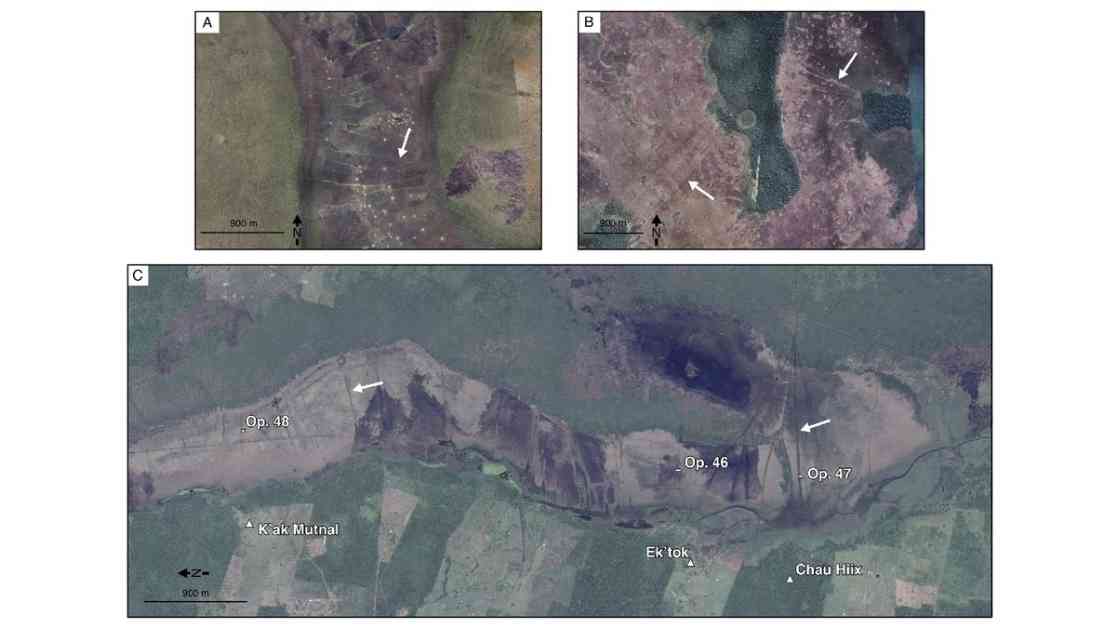A recent discovery in Belize has shed light on the early origins of the Maya civilization. Researchers have uncovered ancient fish-trapping facilities that date back to about 4,000 years ago, during the Archaic period. These facilities, which were capable of feeding up to 15,000 people a year, consisted of a network of canals and ponds designed to guide fish into easily catchable areas.
The success of these hunter-gatherers in constructing these complex networks likely played a role in the development of the Maya civilization, which later dominated the Maya Lowlands in Central America and southern Mexico. The construction of these fish-trapping facilities may have encouraged people to gather and establish permanent settlements, eventually leading to the formation of cities.
Researchers used satellite and aerial images, as well as excavations and radiocarbon dating, to uncover these ancient structures. The discovery challenges previous assumptions about the Maya civilization, suggesting that large-scale land modification projects were occurring much earlier than previously believed.
Scholars have long speculated about the role of aquaculture in the development of Maya civilization, and this discovery provides valuable insight into the origins of sedentary society in the region. The research team plans to continue their investigations in the area to further understand the early history of the Maya people.
This groundbreaking discovery has the potential to reshape our understanding of the Maya civilization and the factors that contributed to its development. The intricate fish-trapping facilities built by the Maya’s ancestors offer a glimpse into the sophisticated society that would later emerge in the region. Stay tuned for more exciting updates as researchers delve deeper into this fascinating archaeological find.










